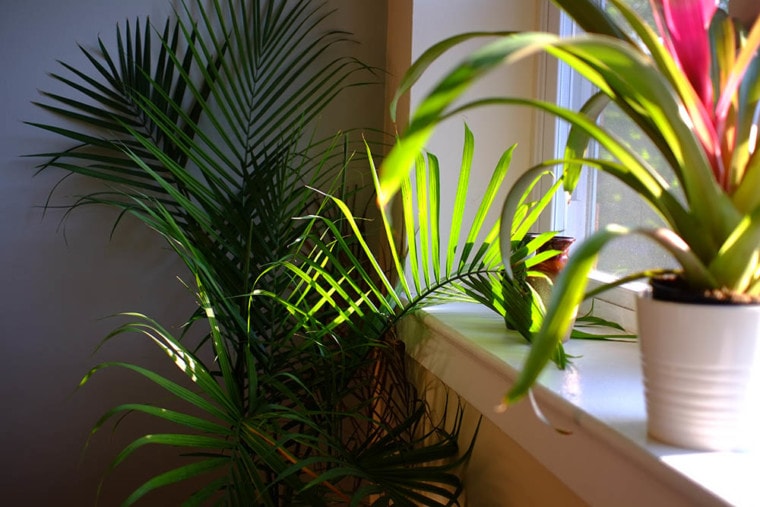
Cats are inquisitive animals, and one way in which they sate their curiosity is to chew items they see.
In the home, it can seem like they do it simply to make your life difficult, but it could be that they are bored and looking for something to do. Alternatively, they might be lacking something in their diet that they believe they can get from plants, or they could just enjoy the taste of your carefully nurtured potted plant.
As a responsible pet parent, it is your responsibility to ensure that the ferns and other plants your cat is eating are not doing any harm to them. Fortunately, the popular majesty palm, or majestic palm, is non-toxic and is considered safe, although not necessarily beneficial, to your cat’s health.
The 6 Common Household Plants That Are Dangerous to Cats
While the majesty palm might be non-toxic and considered safe for cats, there are plenty of other house plants that could cause your feline friend considerable harm, including:
1. Peace Lilies
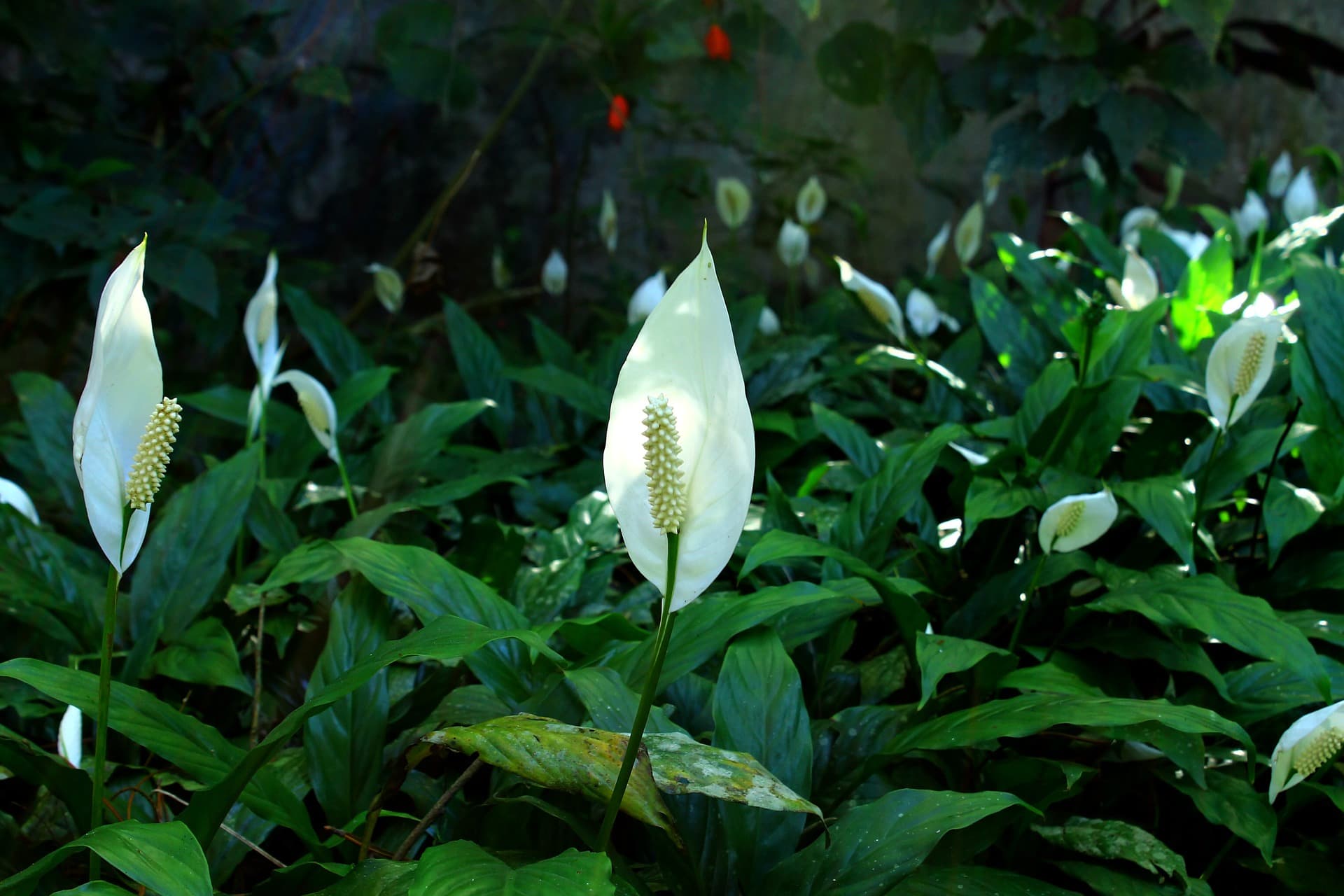
Peace lilies are a very popular house plant. They have dark leaves and long, white flowers. They do not need a lot of care and attention to grow successfully, and they are especially prevalent around Easter time. Although these plants are safe for cats to touch and rub up against, they contain calcium oxalates. These cannot be digested properly, and if your cat does eat a peace lily, it can lead to vomiting and diarrhea, dehydration, and may even lead to difficulties swallowing and breathing. As with any of the plants on this list, if your cat consumes any, you should consult your vet as soon as possible.
2. Aloe Vera
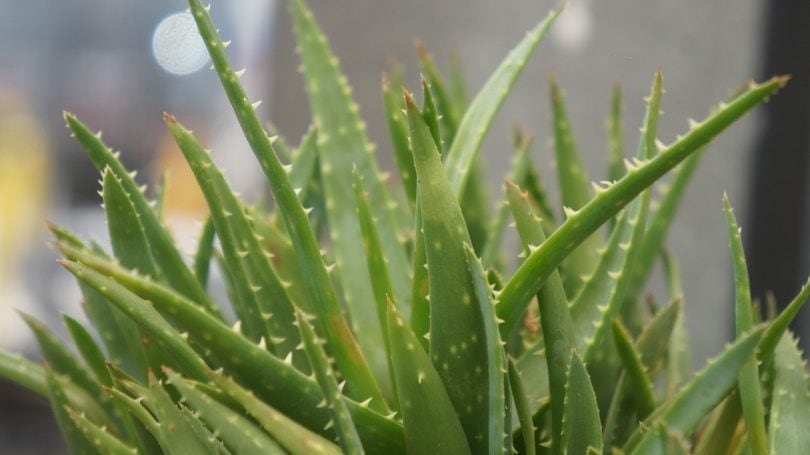
This may seem like an odd inclusion, considering the ingredient is found in some cat products and even, in very small quantities and from the safe part of the plant, in cat foods. It is also strange because most of us know it not only being safe for humans but also proffering multiple health benefits. It is used as a holistic cure in humans, but aloe vera is unsafe for cats. The saponins it contains can cause your cat to become listless and may further lead to diarrhea and vomiting.
3. Money Plants
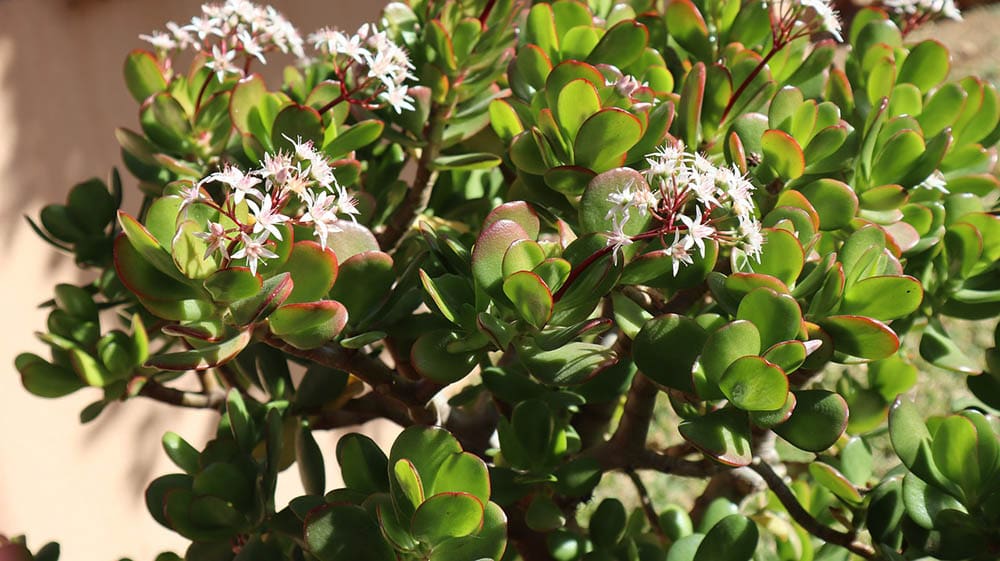
Money plants, or jade plants, are easy to grow and are thought to bring good luck, in the shape of financial fortune, to those that grow and keep them. However, money plants do not bring fortune to those cats that eat them. More likely, the dark leaves of this succulent can cause sickness and listlessness as well as vomiting and diarrhea.
4. Snake Plants
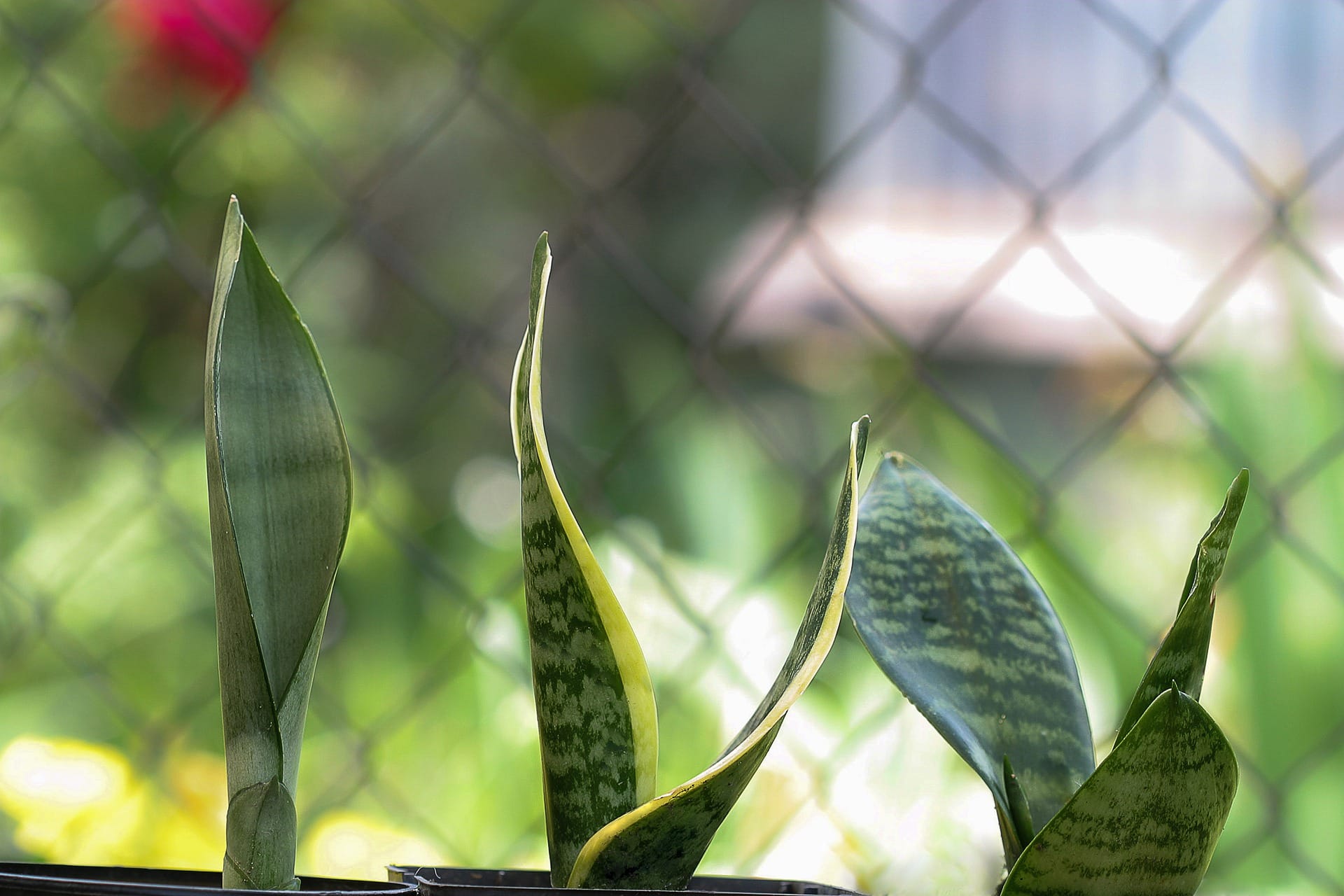
Snake plants are so-called because of the long leaves with pointed ends. This shape has also led to them being more commonly called mother-in-law’s tongue. It thrives in low light conditions, which makes it a good choice to place in corners of rooms that don’t necessarily receive much natural light. They bring a natural charm to the room and do not need to be fastidiously moved to find the sunny spots. However, they do need to be moved out of the way of our feline friends because, like aloe vera, they contain saponins that can lead to vomiting and diarrhea if eaten.
5. Sago Palm
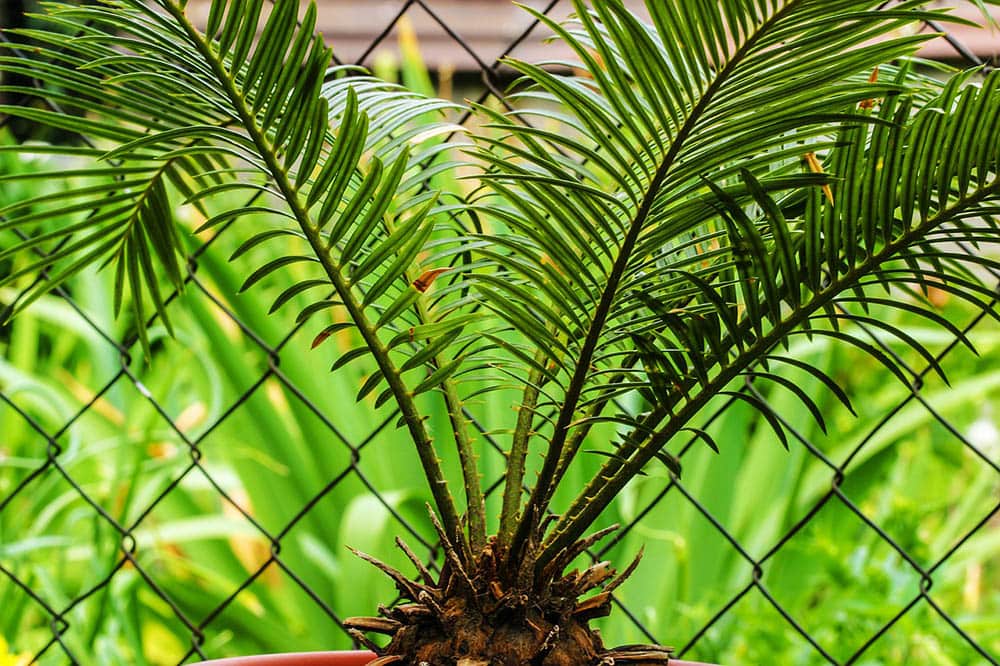
While the majesty palm is non-toxic, this does not mean that all indoor palms share the same innocuous properties. A perfect example of this is the sago palm. Sago palm trees are a real focal point in a room, thanks to their fernlike fronds and the large bulb that sticks out of the ground at the base of the plant. However, the sago palm is considered highly toxic to cats. The cycasin it contains causes vomiting and diarrhea and can lead to death because of its highly toxic nature.
6. English Ivy
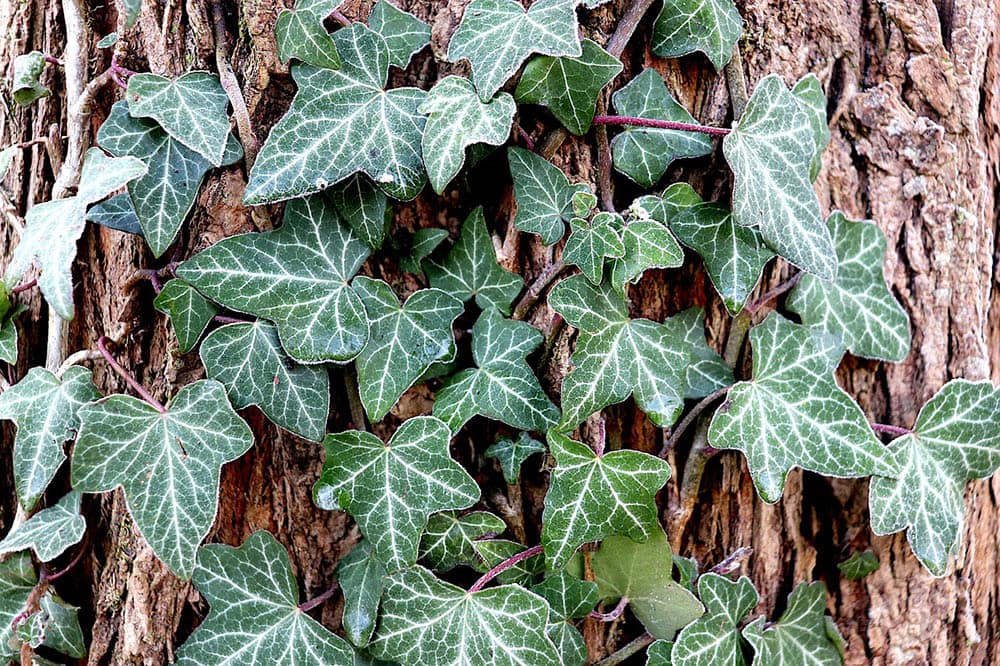
English ivy is best known for growing on the side of cottages and houses in its homeland. Its leaves are dark green in the center and a lighter, almost cream-colored green around the edges. As well as being a fast-growing climbing plant, it does very well in hanging baskets and draping over tables, desks, and other surfaces. This same property is probably what makes it so appealing to cats, however, who often attempt to eat the compelling-looking leaves. Because it contains triterpenoid saponins, you should prevent your cat from eating the plant to avoid vomiting, weakness, drooling, dermatitis, and rashes.
Are Majesty Palms Toxic to Cats?
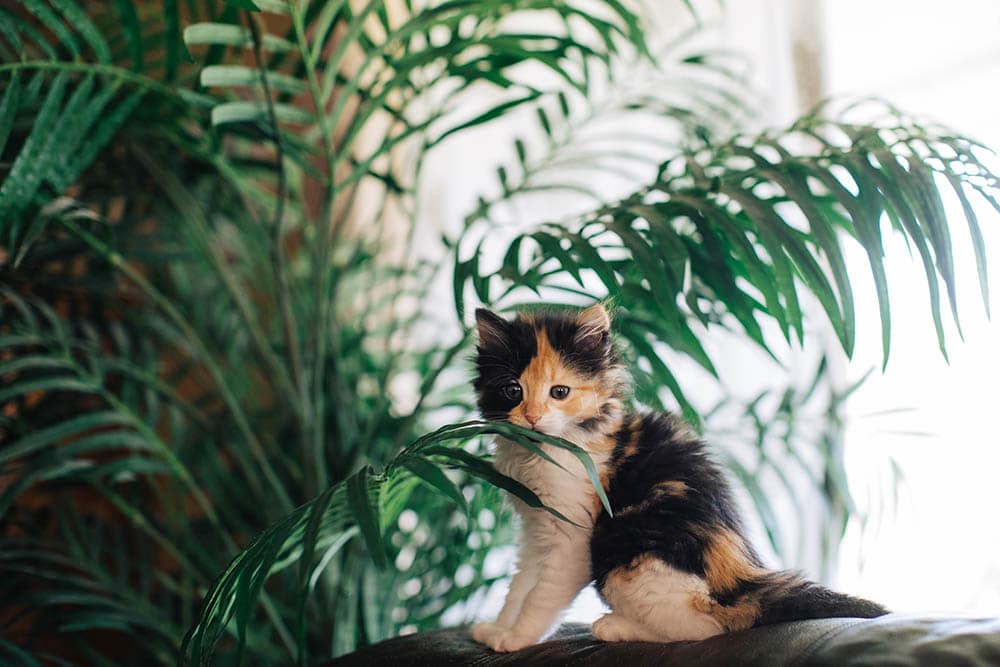
Although many houseplants can be toxic to cats, the majesty palm is not one of them. This good-looking plant is non-toxic and safe for cats and dogs and could make a good replacement for other popular houseplants, such as aloe vera and peace lilies, which are considered highly toxic and potentially dangerous to your feline friends.
Next on your reading list:
- Are Fiddle Leaf Figs Toxic to Cats? What You Need To Know!
- Are Lilacs Poisonous to Cats? What You Need To Know!
Featured Image Credit: Pixelbender36, Shutterstock






